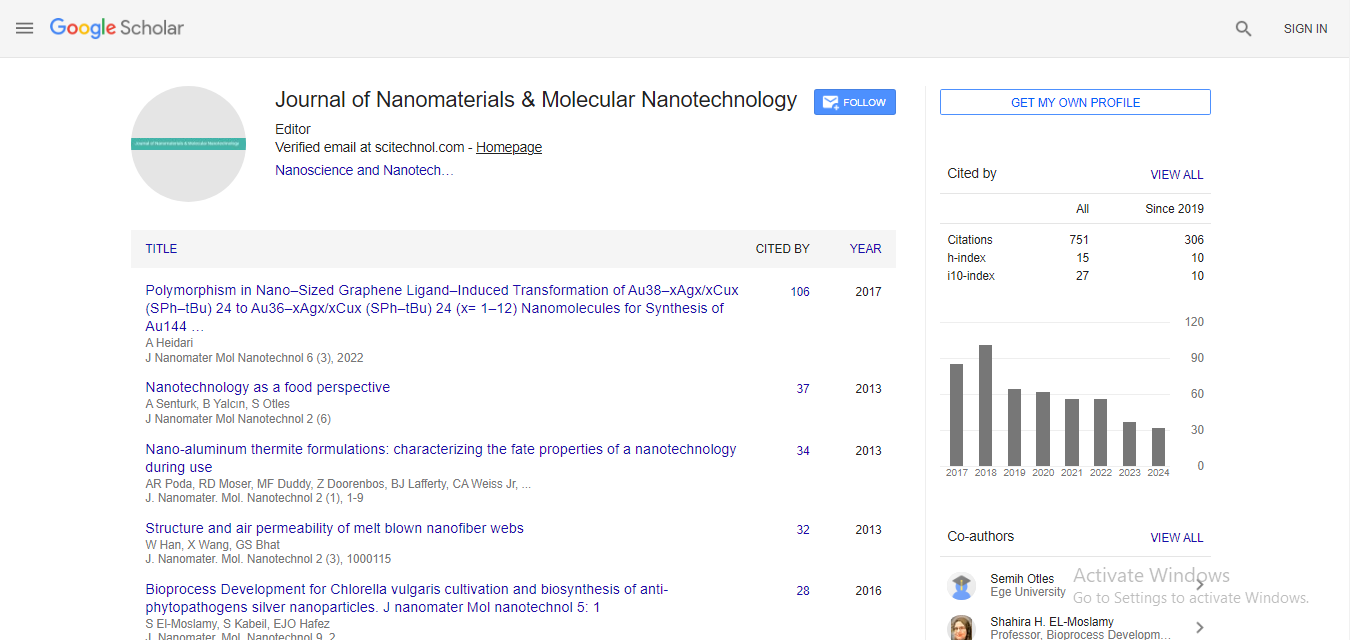Optical spin injection in atomic monolayers
Norberto Arzate and B S Mendoza
Centro de Investigaciones en Óptica, Mexico
: J Nanomater Mol Nanotechnol
Abstract
Statement of the Problem: Two-dimensional materials have recently attracted great attention from the scientific community due to their interesting and quiet different properties from their bulk counterparts. For instance, the band gap value depends on the number of atomic monolayers that the material has. In addition, some materials might have spin-polarized states, which is favorable for studies of spintronics. Here, we have studied theoretically the phenomenon of optical spin injection which is generated when incident circularly-polarized light creates spin-polarized electrons into the conduction bands of the atomic system. We analyze the respective one-photon optical spin injection spectra some 2D systems. In particular, we discuss corresponding results for the atomic transition-metal dichalcogenide monolayers of molybdenum disulfide MoS2. Methodology & Theoretical Orientation: We present calculations for spectra of the degree of spin polarization that is calculated in a full-band structure scheme. In order to obtain wave functions and eigenvalues of the quantum mechanical system, we have employed density functional theory. In order to correct the band gap energy, the quasiparticle GW approximation is applied. Findings: It has been obtain the maximum value of 1 for the absolute value of the degree of spin polarization of the electrons for the one monolayer structure at the K valley. Conclusion & Significance: It is possible to inject spin-polarized electrons to the conduction bands of atomic semiconducting monolayers by the incidence of circularly polarized light. This effect might be useful for the coherent control of the spin of the electron in spintronic devices.
Biography
Norberto Arzate has been involved in theoretical studies of the linear and nonlinear optical response of surfaces and nanostructures. In particular, he has performed numerical calculations of spectra of dielectric function, second order nonlinear susceptibilities. Besides, he has applied the optical techniques of reflectance anisotropy and second harmonic generation in order to study surfaces. Recently, he has been interested in coherent control phenomena such as optical spin and current injection in surfaces and atomic monolayers .
Email: narzate@cio.mx
 Spanish
Spanish  Chinese
Chinese  Russian
Russian  German
German  French
French  Japanese
Japanese  Portuguese
Portuguese  Hindi
Hindi 



